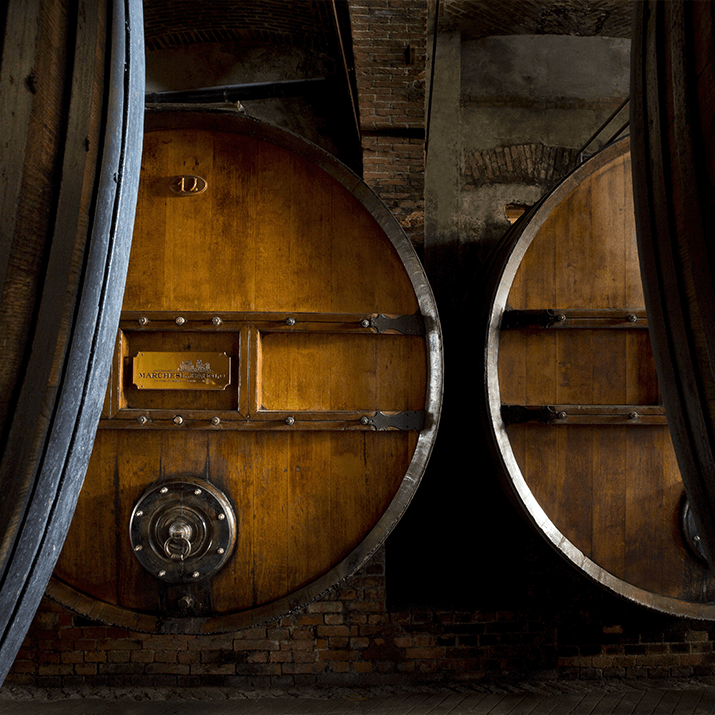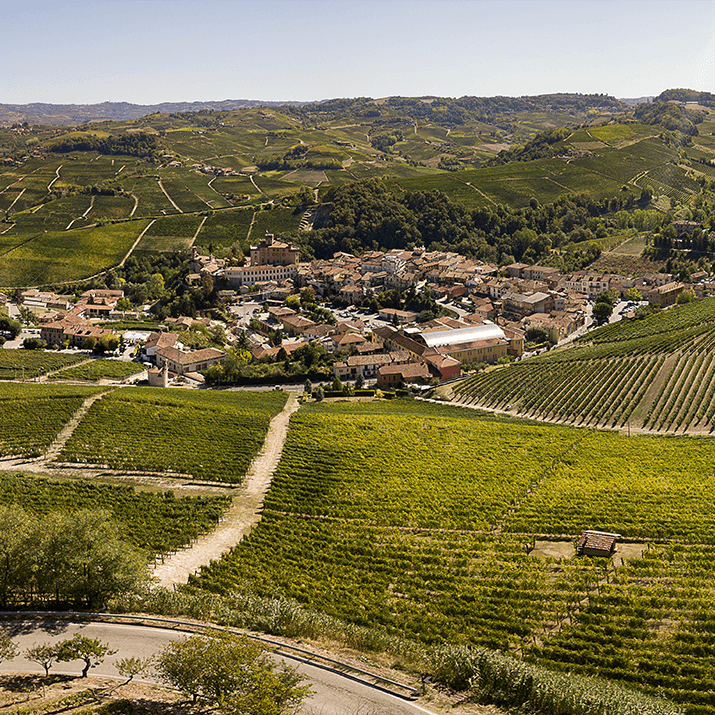Project Description
Marchesi di Barolo
Barolo, Piedmont
Especially renowned for its single-vineyard wines, Marchesi di Barolo’s rich history dates back to 1806. After five generations in the wine business, today Marchesi di Barolo is represented by the Abbona family: Anna and Ernesto, together with their children Valentina and Davide. Their mission has always been to marry tradition and evolution by combining ancient winemaking techniques with the ability to present Barolo in a contemporary way. Marchesi di Barolo produces the most typical denominations of the lower Piemonte area, including: Barolo DOCG, Barbaresco DOCG, Nebbiolo d’Alba DOC, Barbera d’Alba DOC, Barbera d’Asti DOCG, Barbera del Monferrato DOC, Dolcetto d’Alba DOC, Roero Arneis DOCG, Gavi DOCG, and Moscato d’Asti DOCG.
For many years now, Marchesi di Barolo has been using agricultural techniques which optimise environmental sustainability and biodiversity, and are routed in their deep understanding of their vines’ natural cycles as well as the climate in which they grow. They rigorously respect and preserve the typicality of their vineyards by vinifying grapes from their own vineyards and from contributing winegrowers selected over many years, giving priority to the location and cultivation capacity of individual plots.
Despite its long history, their original cellar has remained, meaning the essential and traditional aspects of viticulture, winemaking and ageing combine with modern techniques to maximise the quality of their wines.

Meet the Winemaker:
C&C Wines’ Portfolio Ambassador Peter McCombie MW in discussion with Marchesi di Barolo’s winemaker
PM: The estate has quite a history, notably being the first to label its wine Barolo. Clearly history & tradition are important to you as a winemaker, but is there a down side, can tradition hinder progress?
MdB: I don’t think that tradition and progress are two aspects in contrast to each other. Winemaking is a human practice, so the first man who crushed grapes and let the juice to ferment made something extremely innovative. What I mean is that tradition is something that, the first time it was tried, was an innovation which improved the quality of your wine and was, therefore, repeated from that time on, and became tradition. In a nutshell: innovation, if it’s good, will become, tradition. Tradition is a dynamic concept.
PM: Your Barolos have been described as “somewhat modern in their approach,” can you say what that means in terms of winemaking?
MdB: In the past ageing in wood was a very empirical practice and so was the choice of the barrel used for ageing a wine. The choice was, often, quite conservative, and this could result in tannins that ripened more slowly and required a few additional years of bottle ageing in order to reach a full elegance. Today we are more supported by scientific evidence and are able to better match each wine and its proper barrel, which allows us to get ripe, soft tannins, earlier. This makes wines more appealing earlier than in past, without affecting their ability to withstand time.
PM: You have renovated and are using botti that were used by the estate’s founders in the 19th century. What are the advantages of such old vats?
MdB: The old barrels have a lighter impact on the wine, both in terms of oxygen exchange and the release of tannins from the wood. If a wine, especially in the second year of ageing in wood, requires a more delicate approach, these old large barrels allow it to adequately complete its evolution.
PM: The concepts of terroir and cru have never been more important in the Langhe, yet some producers argue that an estate blend is a more authentic expression of Barolo. You are known for single vineyard bottlings, can you explain why these are important?
MdB: The Nebbiolo grapes, from which Barolo wine is produced in a very small area, are able to adapt to minimal changes in soil, exposure, steepness, microclimate, to give us different wines. You may decide that your brand’s distinctiveness is a blend of multiple vineyards or prefer to preserve what makes a single vineyard, and its wine, so unique. We give voice to all different philosophies: we bottle a Barolo wine which is a blend from different municipalities, a Barolo that comes only from estate-owned vineyards in the municipality of Barolo but, when it comes to historical vineyards like Cannubi, Sarmassa or Coste di Rose, we keep them alone, to preserve all the intrinsic quality that made them so renowned over the years.
PM: Is climate change having an effect on your viticultural practices and the style of wines?
MdB: We adopt production techniques with special precautions for environmental sustainability. A dedicated management regulation is applied, which draws inspiration from the best methods known about viticulture, be they agronomic practices deriving from biological or conventional techniques. Manual labour is the driving force in the vineyard, where we use natural defence techniques – such as sexual confusion and antagonist fungi. The vineyards are run in order to limit not only the damage from rain and humidity, typical of the 80s, but also the damage from heat stress, which occurred in the recent years. Grassing is used in order to avoid soil erosion as well. By starting from healthy and well-ripened grapes, it is much easier to extract their noble components and cellar techniques may be very delicate, to produce highly elegant and pleasurable wines.
PM: Barolo was historically known for its longevity, but today we often drink it relatively young. You sometimes release older vintages. Why?
MdB: As I mention above, nowadays a more focused management of the ageing in wood makes this wine more appealing even after three, four years of ageing. Nevertheless, wine continues to evolve over the years: flavour changes from notes of fruit jam to flowery scents reminiscent of wild violet and rose, just to turn to spicy notes of cinnamon, cloves and nutmeg. And that’s not all: a long ageing allows truffle, tar and tobacco to appear. You may wait some ten, twenty, thirty years for all these changes to take place or… let us offer you a “brand old” bottle.
Wines
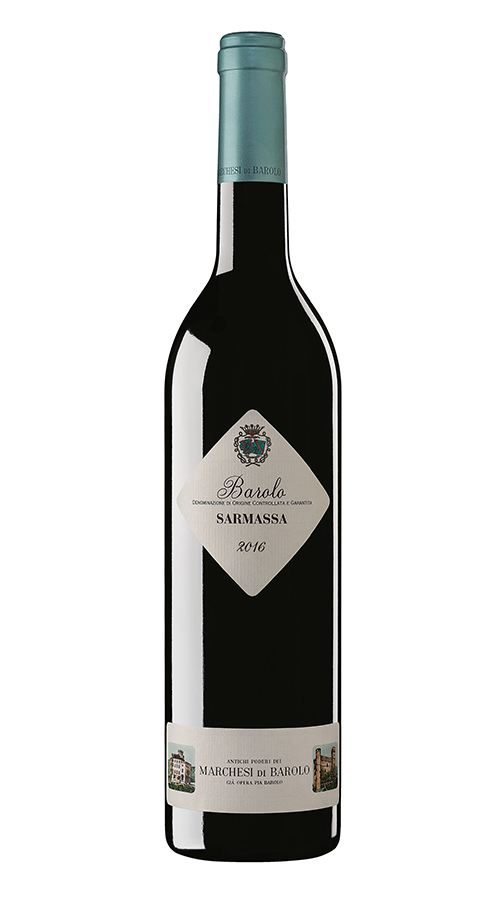

Marchesi di Barolo Barolo Cannubi DOCG
The second of the producer’s exceptional crus, Cannubi is the long and gradually growing hill located in the centre of the Barolo area. Surrounded by higher hills, it is protected from disturbances and excessive ventilation and enjoys a very special, unique microclimate.
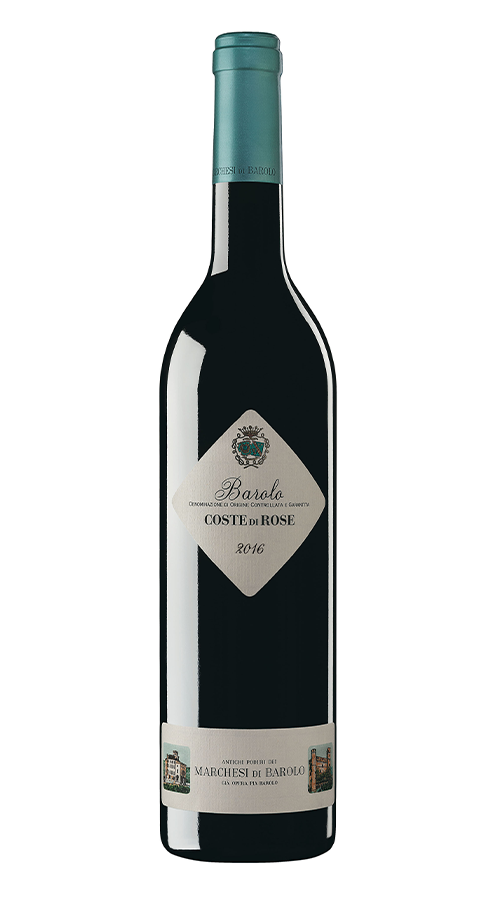
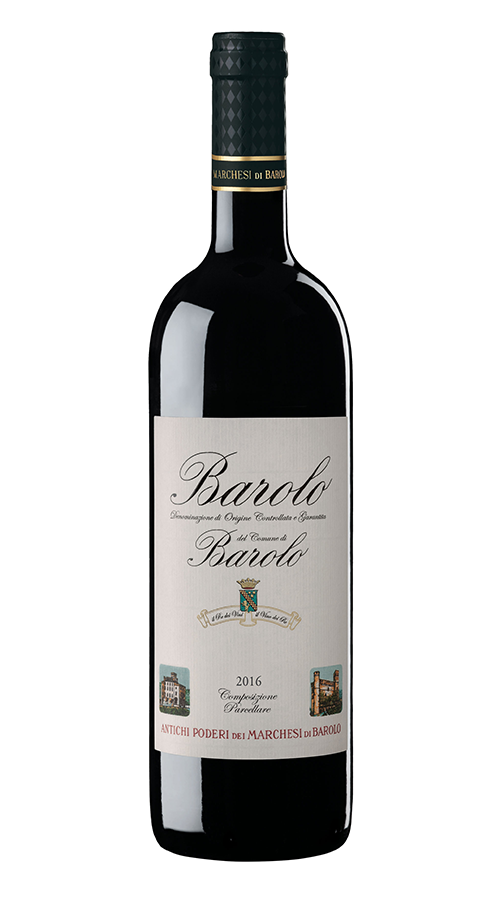
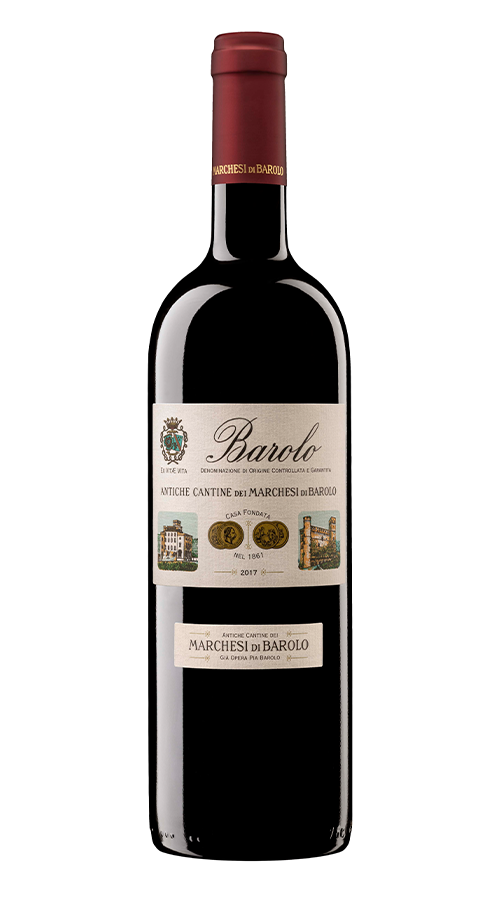
Marchesi di Barolo Barolo Tradizione DOCG
The grapes destined for the production of this wine come from vineyards located on hills, characterised by clay/limestone soils interspersed with compact layers of sandstone, quartz sands and very fine silt. This provides the wine with a broad, rich structure, a balanced and expressive character.

Marchesi di Barolo Peiragal Barbera d’Alba DOC
Peiragal is an ancient Piedmontese dialect term, which identifies hills with a good slope made up of large formations of very compact limestone/clay soil, with large stones. This results in a well-structured wine with moderate acidity and balanced alcohol.
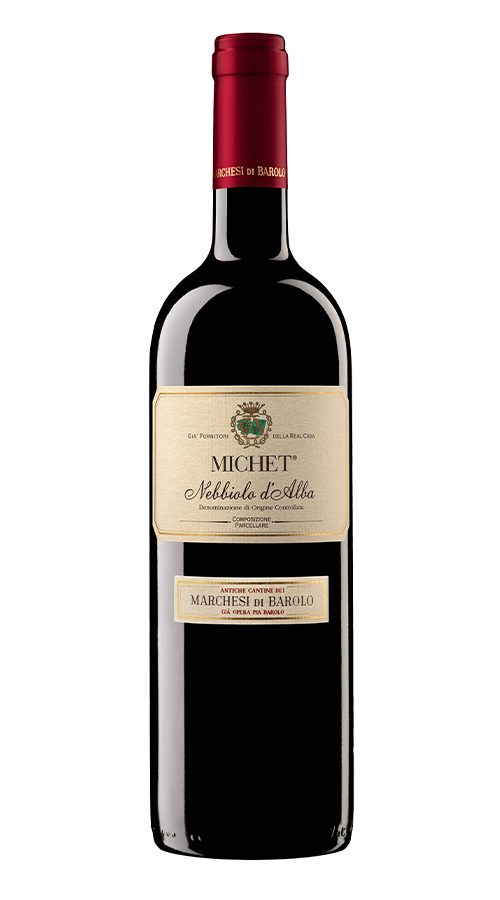
Marchesi di Barolo Nebbiolo d’Alba Michet DOC
The presence of grapes of the Michet variety of Nebbiolo, characterised by small and sparse bunches, enriches this wine with colour and extract. From the clay/limestone hills that it grows on it extracts an abundance of trace elements that enrich the structure of the wine, and from soils rich in quartz sands and silt it picks up fragrant and fruity aromas.
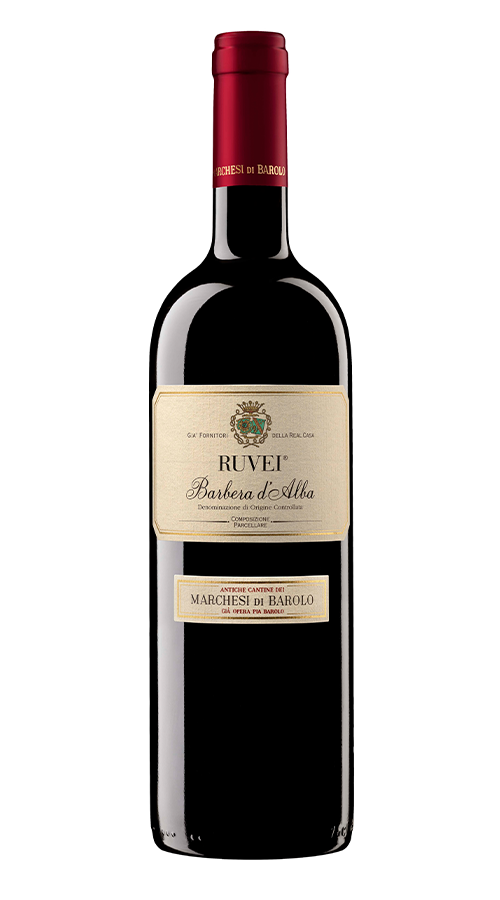
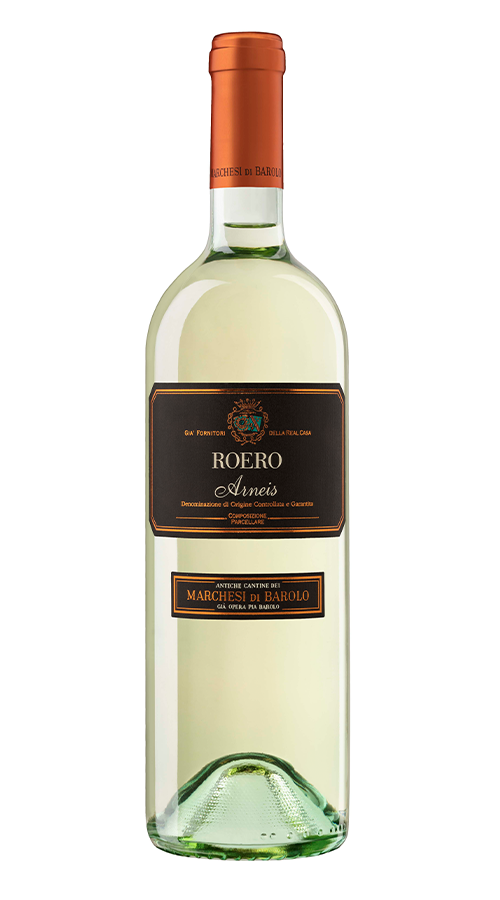
Marchesi di Barolo Roero Arneis DOCG
The grapes for this wine come from vineyards located on the steep hills of the Roero, formed predominantly of siliceous limestone soils. These soils are soft and permeable, providing the ideal conditions for expressing the fresh and fragrant aromas of the Arneis grape.

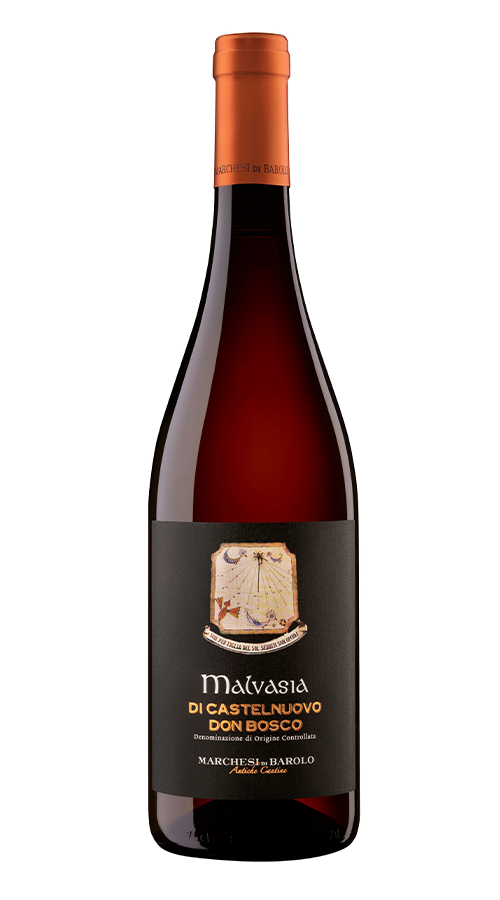
Marchesi di Barolo Malvasia di Castelnuovo don Bosco DOC
The grapes destined for the production of this Malvasia come from vineyards grown on hills characterised by medium-textured marls in which, compared to limestone, fine fractions prevail (quartz sands and very fine silt). These provide a highly expressive aroma profile to the wine.
[ess_grid alias=”deep-wood-wines”]

